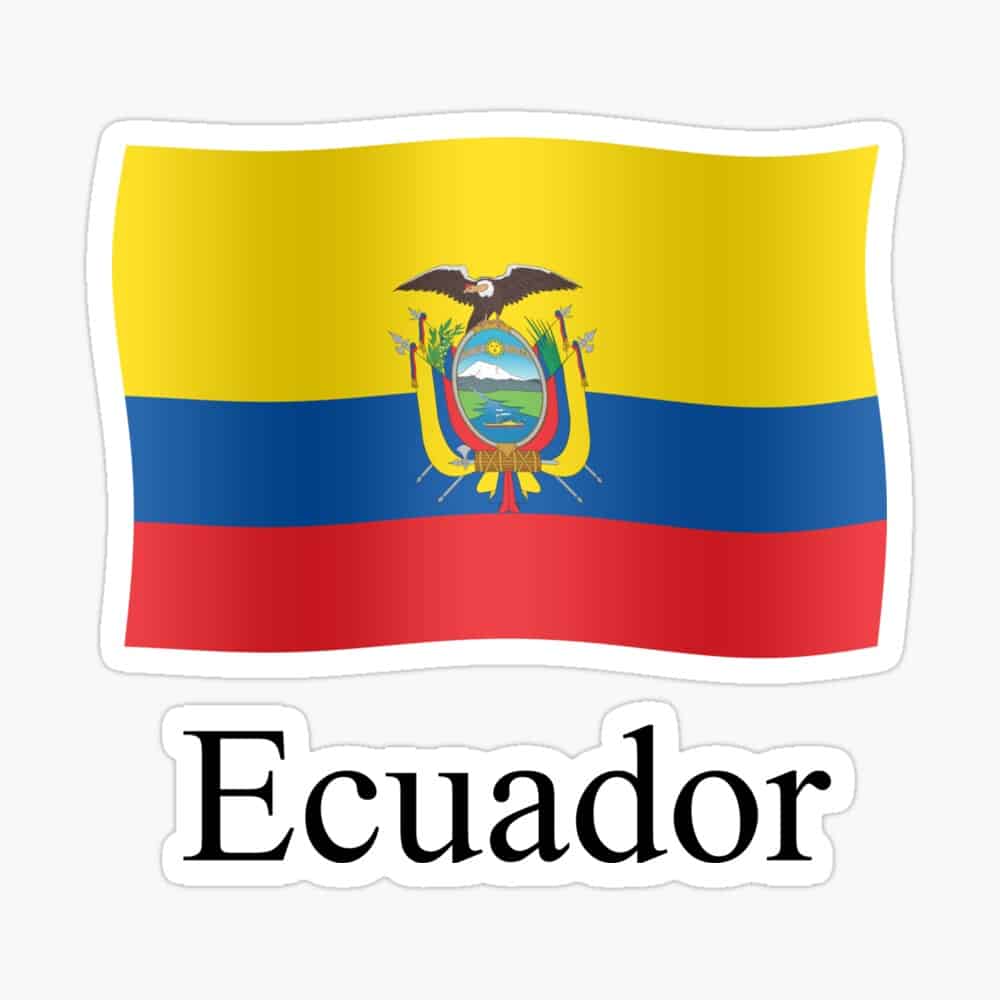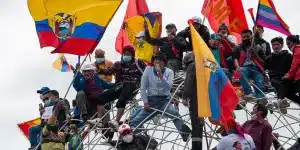Headlines
Ecuador’s Rich Tapestry: A Journey Through Time and Independence

Ecuador, a country located in northwestern South America, has a rich history that dates back thousands of years. The region that makes up the contemporary Republic of Ecuador has been influenced by a diversity of cultures throughout its history.
See Population, Official Language And More…

Ecuador
The pre-Columbian era in Ecuador can be divided into four periods: the Pre-ceramic Period, the Formative Period, the Period of Regional Development, and the Period of Integration and the Arrival of the Incas. During this time, indigenous tribes inhabited the area for millennia before being invaded and absorbed into the Inca Empire in the early 15th century.
The Spanish led by Francisco Pizarro conquered the Incas shortly afterward in the early 16th century. The region then fell under the Viceroyalty of Peru, although it was granted certain autonomy through the Quito Audencia established in 1563. In 1720, it was joined to the Viceroyalty of New Granada.
A rebellion against the Quito Audencia in 1812 was crushed early in the Spanish American wars of independence. However, the struggle for independence was revived in 1820 by a new rebellion originating in Guayaquil. The city was also the site of the Guayaquil Conference between Simon Bolivar and San Martin. Ecuador initially became independent as part of the Republic of Gran Colombia before finally breaking away in 1830.
Throughout its history, Ecuador has experienced periods of civil war and has been dominated by caudillos, alternatively conservative and liberal. In the 20th and 21st centuries, Ecuador has continued to face challenges in achieving both economic and political stability.
- The region that makes up the contemporary Republic of Ecuador has been influenced by a diversity of cultures throughout its history.
- The pre-Columbian era in Ecuador can be divided into four periods: the Pre-ceramic Period, the Formative Period, the Period of Regional Development, and the Period of Integration and the Arrival of the Incas.
- Indigenous tribes inhabited the area for millennia before being invaded and absorbed into the Inca Empire in the early 15th century.
- The Spanish led by Francisco Pizarro conquered the Incas shortly afterward in the early 16th century. The region then fell under the Viceroyalty of Peru, although it was granted certain autonomy through the Quito Audencia established in 1563. In 1720, it was joined to the Viceroyalty of New Granada.
- A rebellion against the Quito Audencia in 1812 was crushed early in the Spanish American wars of independence. However, the struggle for independence was revived in 1820 by a new rebellion originating in Guayaquil. The city was also the site of the Guayaquil Conference between Simon Bolivar and San Martin. Ecuador initially became independent as part of the Republic of Gran Colombia before finally breaking away in 1830.
- Throughout its history, Ecuador has experienced periods of civil war and has been dominated by caudillos, alternatively conservative and liberal. In the 20th and 21st centuries, Ecuador has continued to face challenges in achieving both economic and political stability.





